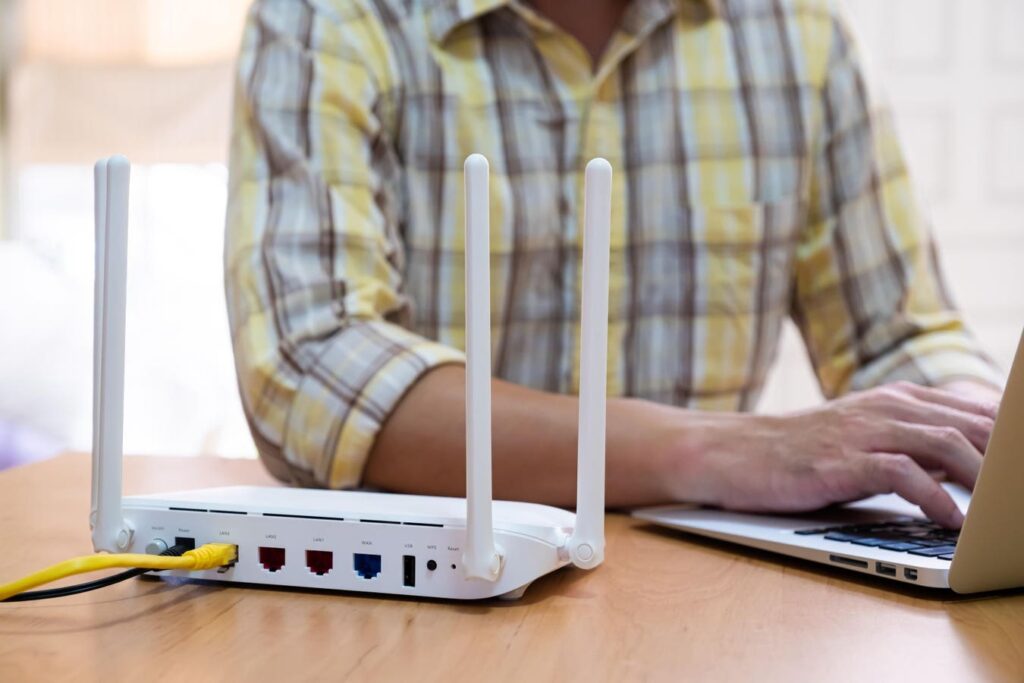
Critical ‘Rising Risk’ Attack Alert—Change Your Router Password Now
A stark warning has been issued by IBM’s X-Force threat intelligence analysts regarding the alarming prevalence of default router passwords and settings being used. The experts are urging users to take immediate action to secure their devices, as this vulnerability poses a significant risk to network security.
According to recent research, a staggering 86% of routers are still using the default admin credentials, leaving them open to exploitation by attackers. This issue is compounded by the fact that an equally alarming 56% of internet users have never re-configured any of their router settings, and a further 89% have failed to update their router firmware, potentially introducing newly found vulnerabilities.
The consequence of this neglect is a growing risk of malicious activity, as hackers can easily gain access to sensitive network data. IBM’s X-Force analyst, Doug Bonderud, highlighted the gravity of the situation: “Why put the time and effort into creating phishing emails and stealing staff data when supposedly secure devices can be accessed using admin and password as credentials?”
The potential risks associated with this vulnerability are severe. Attackers who compromise routers can control inbound and outbound network data, allowing them to redirect users to malicious web pages, execute attacker-in-the-middle data-stealing attacks, exploit distributed denial of service attack and monitor user behavior. Moreover, the nature of these router attacks makes it difficult to detect, as cybercriminals are not forced to take circuitous routes to evade security defenses.
To mitigate this risk, experts advise that users choose a strong password for their router and store it securely using a password manager. This will eliminate the need to change passwords unnecessarily, unless there is reason to believe they have been compromised.
In light of these findings, it is crucial that all internet users take immediate action to secure their devices by changing their router password and updating any default settings or firmware.
Source: www.forbes.com


